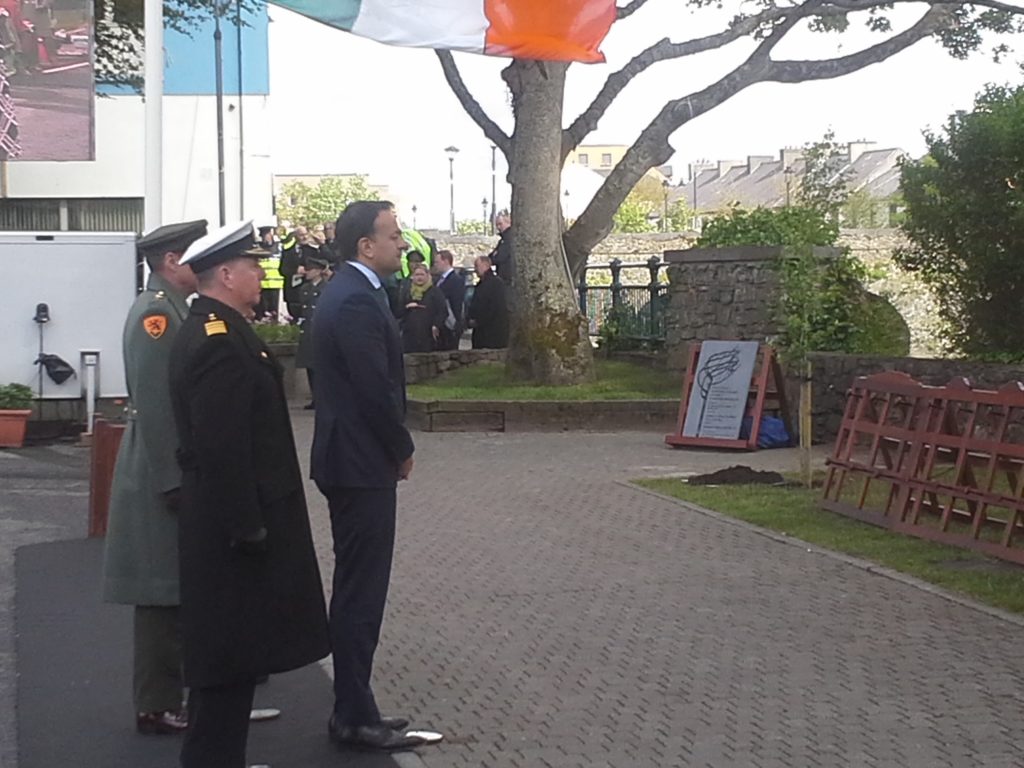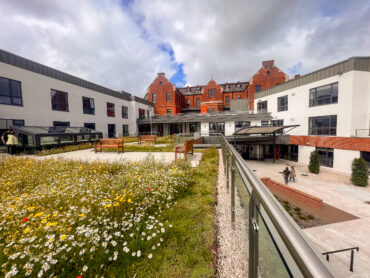
The Taoiseach as well as forty-eight representatives of countries from around the world were in Sligo yesterday for the 2019 National Famine Commemoration.
It was a highly-choreographed and solemn event that included music, song, prayers, poetry and readings, as well as military ceremony and wreath-laying.
Leo Varadkar described the famine of more than 170 years ago as the single most traumatic event in Irish history.
And in his speech, he immediately focused on its devastation in Sligo.
And in Sligo, it was at the port where the consequences of the Famine were laid cruelly bare,
But the Taoiseach suggested a special way of honouring those who suffered during the famine, a way that can also make society better.
Statistics and figures tell one aspect of the famine story.
But behind these are are the personal stories, stories carried down to this day by descendants of those who died or emigrated.
One of those descendants is Pat Ward, from Keash, in South Sligo, who was among those in attendance at yesterday’s commemoration.
Efforts to commemorate victims of the famine have been going on for years by a number of local people.
And for them, and others involved such as the county council and the OPW, yesterday’s event was a culmination of years of effort, as local historian and author Joe McGowan explained.
Yesterday’s commemoration in the Stephen Street Car Park in Sligo also involved a wreath-laying ceremony, the unveiling of a stone monument and the planting of a whitethorn bush, symbolic of the lone bush in a field, or sceach, that often, it is believed, marked the grave of some of those who died in the famine.
For them, death, rather than emigration, was to be their liberty from the horror that surrounded them.







